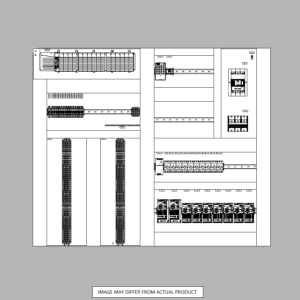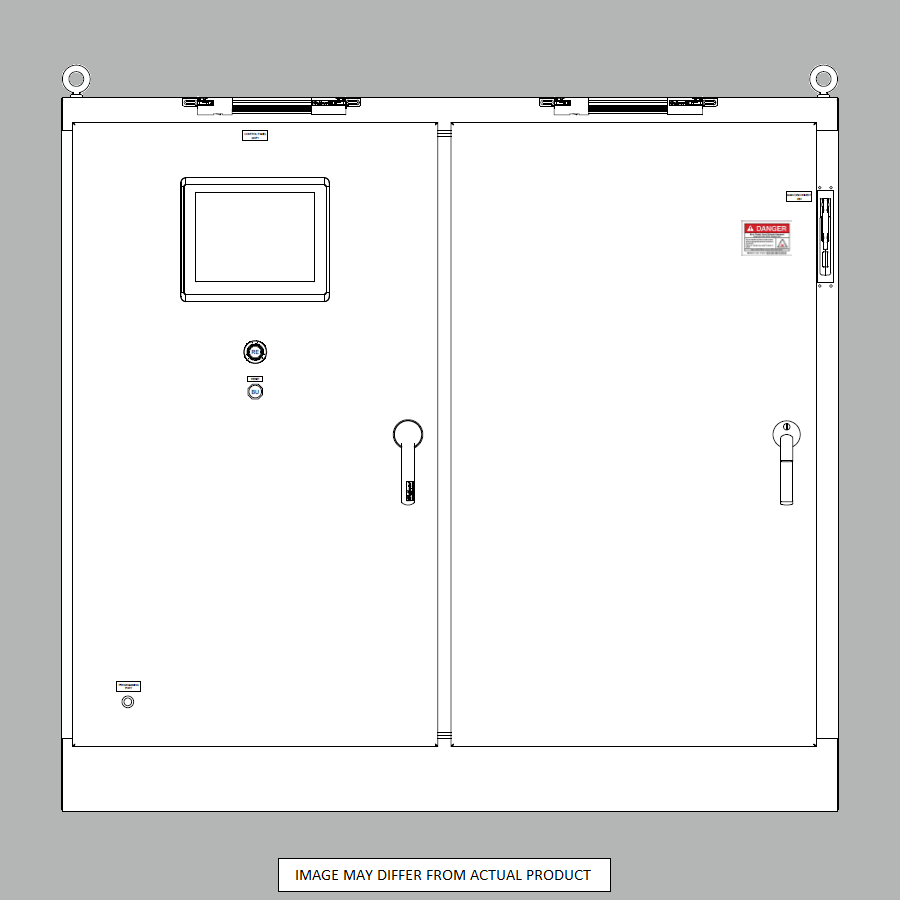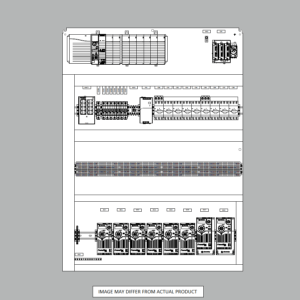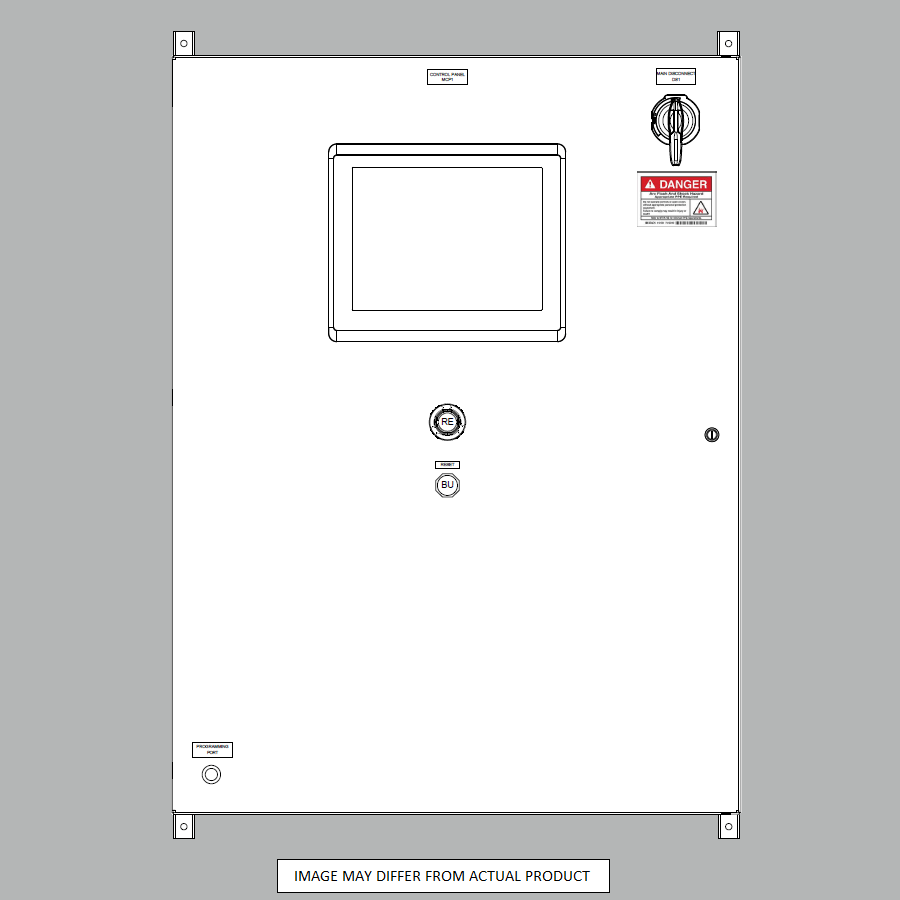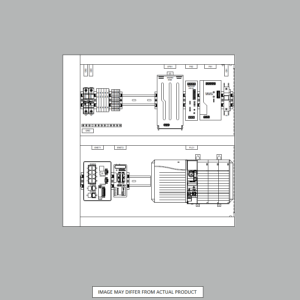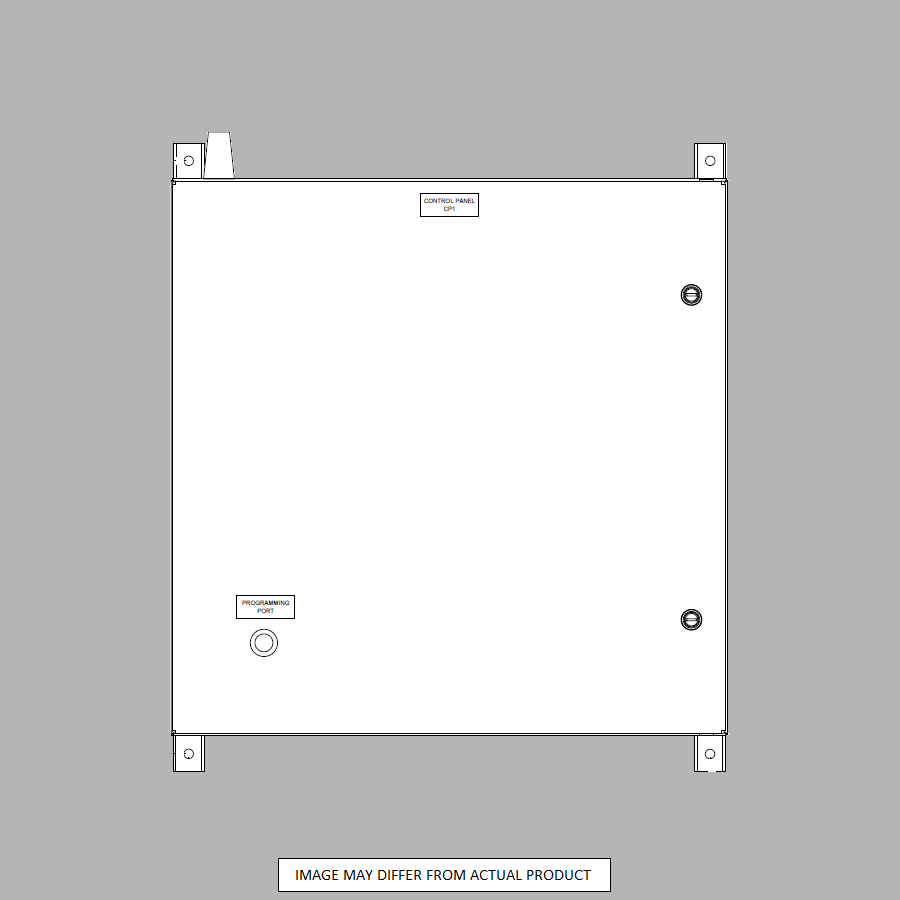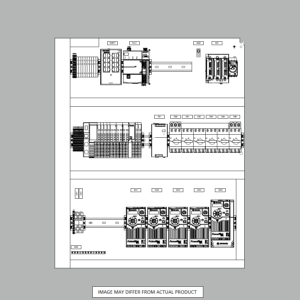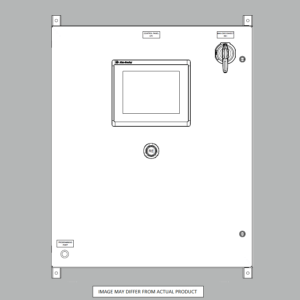Unlocking the Power of Manufacturing Automation for Your Business
In today’s fast-paced world, the way products are made changes dramatically. Remember the days when everything was done manually in factories? Those times are evolving quickly. Enter manufacturing automation, a game-changer making things more efficient and cost-effective.
Your manufacturing process might still rely on old methods, hindering growth and efficiency. In an era known as Industry 4.0, not tapping into the power of automation could mean missed opportunities, higher costs, and staying a step behind competitors.
But here’s the good news. This article is your guide to the world of manufacturing automation. We’ll uncover how robotics, artificial intelligence, and other advanced tech can elevate your production. By the end, you’ll see how embracing these changes can lead to savings and a brighter and more sustainable future for your business.
So, are you ready to embark on this journey? Let’s dive into the world of automation and see how it’s reshaping the future of manufacturing for businesses like yours.
Overview of Manufacturing Automation
Manufacturing automation can be understood as integrating advanced tools into your factory operations. Consider a scenario where a single individual has to manage all operations. Now, think of tools that streamline various tasks, allowing the individual to manage other responsibilities. This is the role automation plays in manufacturing.
Central to this system is the control panel. Similar to how navigational controls work on a ship, a factory’s control panel provides oversight and management of machines.
One might be familiar with the concept of robots in industrial settings. This is Robotic Process Automation (RPA). These machines are designed to handle repetitive tasks consistently. Their presence enables human workers to focus on more critical roles.
However, RPA is only a component of the broader picture. Devices known as Programmable Logic Controllers (PLCs) are integral too. Essentially, these are task-specific computing devices prevalent in modern industrial settings, responsible for operating machinery, monitoring processes, and gathering data.
“Manufacturing automation” encompasses control panels, RPA robots, and PLCs. Collectively, they contribute to more intelligent, rapid, and streamlined factory operations. As technology progresses, further advancements can be anticipated in this sector.
How Manufacturing Automation Boosts Efficiency and Quality?
Consider manufacturing automation a transformative tool that enhances factory operations, making them swifter, more precise, and more resourceful. Through the integration of automated systems, industries can produce items without unnecessary delays, exertion, or resource consumption. We’ve moved past the era of significant manual labor dependence; automation accelerates processes and ensures consistent product quality.
Let’s take a real-world look at how this works:
Let’s consider the case of Coke Canada Bottling. By harnessing technology, including RPA, to unlock the power of its people, they saved 7,500 hours of their human resources time. Not to mention the benefits of accuracy, risk avoidance, and compliance. This is according to Scott Bedows, CIO of Coca-Cola Canada Bottling Limited.
Similarly, SF Supply Chain’s case, which integrates turnkey supply chain solutions to its enterprise customers in China, Hong Kong, and Macao, used RPA to optimize its business and applied it to its warehouse management and routine data entry. This helps to accommodate around 10,000 orders per month, all handled by robots.
Why is this happening? With automation, machines can work non-stop. They don’t need breaks, vacations, or sick days. They do the job the same perfect way every time, leading to fewer mistakes and better-quality products. And when products are top-notch, customers are happy, and companies don’t have to spend extra fixing or replacing faulty items.
Manufacturing automation acts as a game-changer for enterprises. It enhances pace, excellence, and productivity. Companies that harness the power of this transformative tool frequently find themselves at the forefront, reaping greater profits and satisfying more customers.
Manufacturing Automation: A Tool for Business Growth
Consider equipping your factory with a system that enables faster, more cost-effective, and improved production. This system is manufacturing automation, an essential element for business advancement.
The benefits are clear: Factories that employ automation can produce more in a reduced timeframe. This leads to increased output without added time consumption. Moreover, the reduction in manual operations decreases the likelihood of errors. It presents a clear advantage.
Beyond mere speed, automation introduces flexibility and innovation. For an analogy, a new kitchen appliance might enable a chef to experiment with recipes previously deemed challenging. Similarly, automation allows factories to modify or adapt production lines swiftly. This adaptability ensures products align with consumer preferences.
For instance, Tesla utilized automation to enhance their vehicle production rate, addressing the growing demand for electric cars. In the healthcare sector, companies have leveraged automation to expedite vaccine and medication production, increasing their reach and business scope.
Manufacturing automation extends beyond increased production speed; it’s about business evolution, adaptation, and maintaining a competitive edge. For businesses aiming to progress, adopting automation is a prudent decision.
The Roadblocks in Automating Factories (and How to Navigate Them)
Switching to manufacturing automation sounds fantastic, right? But like all big changes, it comes with its set of challenges.
First up, there’s the money part. Setting up automated systems can be expensive. Then, there’s the technical side. Think of trying to fit a square peg in a round hole – sometimes, new tech might not play nicely with older systems. Glitches or machines acting up can slow things down. And let’s not forget the human factor: workers might worry about losing their jobs to robots or might find it hard to adapt to the new ways.
So, how do you tackle these bumps on the road?
Plan and Research: Before jumping in, understand your business’s needs. Weigh the costs against the benefits to see if it’s the right move.
Seek Expert Help: Sometimes, a little guidance goes a long way. Automation experts can give tips and insights and help avoid common pitfalls. Contact us at Automation Ready Panels for the best guidance.
Talk to Your Team: Remember, change is easier when everyone’s on board. Discuss the new plans, address worries, and provide training. If employees feel equipped and valued, the transition will be smoother.
While these hurdles might seem daunting, the endgame is worth it. Automation promises better efficiency, fewer mistakes, and better quality products. It might reduce some manual jobs, but it also allows workers to tackle more exciting tasks like brainstorming new ideas or improving customer relations. In the long run, automation can be the turbo-boost your manufacturing business needs to stay ahead in the race.
The Next Big Thing in Factory Automation
When we think about the future, flying cars or cities on Mars might come to mind. But let’s bring it down to earth for a moment and focus on factories. What will they look like in the next 10, 20, or 50 years?
Smart Machines with Brainpower: Artificial Intelligence (AI) is not just for sci-fi movies. Soon, factories will have machines that can think and learn on the go, making them smarter and more efficient.
Everything Connected: Imagine all devices in a factory talking to each other and sharing data in real-time. This is the Internet of Things (IoT). It’s like a web that connects every tool, machine, and system, helping factories make better decisions faster.
Robots Everywhere: And they’re getting smarter! Future robots will not only do simple tasks but can handle complicated jobs quickly and accurately, thanks to advanced sensors and learning capabilities.
All these changes sound exciting and more efficient, promise factories, produce better products, and can adapt quickly. But, as with every coin, there’s a flip side.
Jobs in Jeopardy?: With smarter machines, there might be fewer manual jobs, which could mean fewer job opportunities in some sectors.
Cybersecurity Concerns: An interconnected factory could be a dream for hackers. Keeping all the systems safe will be a top priority.
In conclusion, the future of manufacturing automation looks bright but also brings challenges. Companies and leaders must balance the excitement of new technologies with the responsibility of looking out for workers and ensuring safety. The journey ahead is thrilling, but with careful planning, the future can be innovative and inclusive.
Wrapping Up: The Power of Manufacturing Automation
Manufacturing automation is essential for modern businesses. It increases efficiency, reduces costs, and ensures consistent product quality. Automation handles repetitive tasks, allowing staff to focus on other important areas. When machines run routine jobs, resources are used more efficiently, resulting in reduced waste and increased productivity.
In a world where businesses race to be the best, automation isn’t just a cool tool; it’s a necessity. The great news? With technology growing leaps and bounds, this power isn’t reserved for giant corporations. Businesses, big and small, can tap into automation’s benefits. Contact us at Automation Ready Panels for the best guidance.
For businesses aiming for the stars, integrating manufacturing automation is the rocket fuel they need. It’s not just the future; it’s the present. The time to harness its potential is now, ensuring a prosperous and innovative journey ahead.
SHOP NOW
-
Large Process Automation: Panelview 5000, ControlLogix 5580
$21,389.00 Select options -
Small Process Automation: Panelview 5000, ControlLogix 5580
$17,999.00 Select options -
Small Process Automation: ControlLogix 5580, UPS Battery Backup, Cellular Modem
$16,999.00 Select options -
Advanced Automation: Panelview 5000, Safety CompactLogix 5380
$8,499.00 Select options


